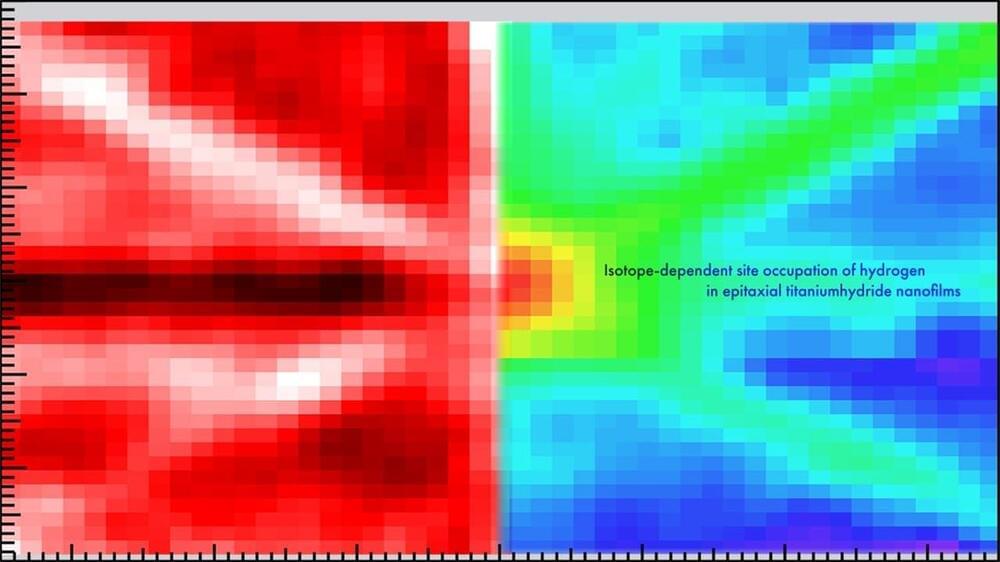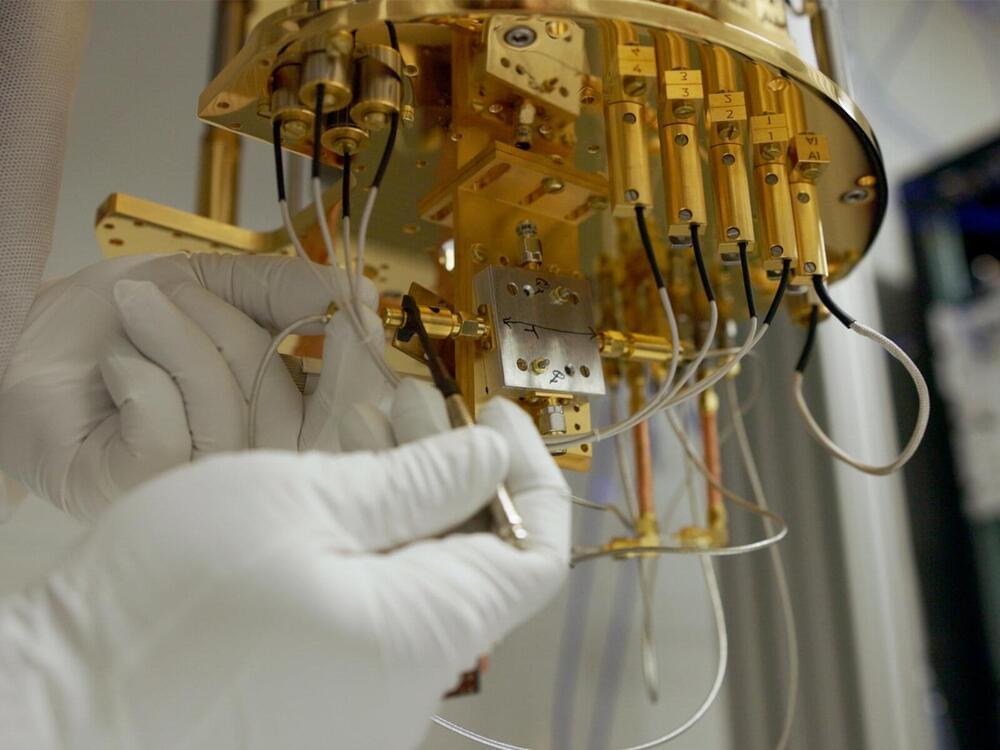We all start our lives as symmetric balls of cells. In humans, during the first few weeks after fertilization, embryonic cells undergo several rounds of division, increasing their mass. Then comes gastrulation, the process that changes everything and establishes our body plan. During gastrulation, the collection of uniform cells that make up the early embryo break symmetry and reorganize into a multi-layered structure with distinct cell types.
At this pivotal moment, our body plan is set. Gastrulation also establishes the three body axes: head–tail, front–back, and left–right. This process requires cells to interact and coordinate with each other with astonishing precision. However, how this is achieved is still largely a mystery.
The Trivedi Group at EMBL Barcelona studies how cells give rise to our body plan and has now published a study in the journal Development that may enhance our understanding of early mammalian development.








